Impacts In Ice: Tracing Ancient Asteroid Strikes In Antarctica

Introduction
Asteroid impacts on Earth have been the subject of fascination for centuries, from the possible extinction of dinosaurs to the recent explosion over Chelyabinsk, Russia. But did you know that there is a region on Earth that can preserve the history of asteroid strikes better than any other place on our planet? Antarctica, the southernmost continent, is not only a remote landmass covered by ice but also the site of many meteorite discoveries and impact craters. In this article, we will explore the amazing world of asteroid impacts in ice and their significance for understanding our solar system's evolution.
How do we detect asteroid impacts in Antarctica?
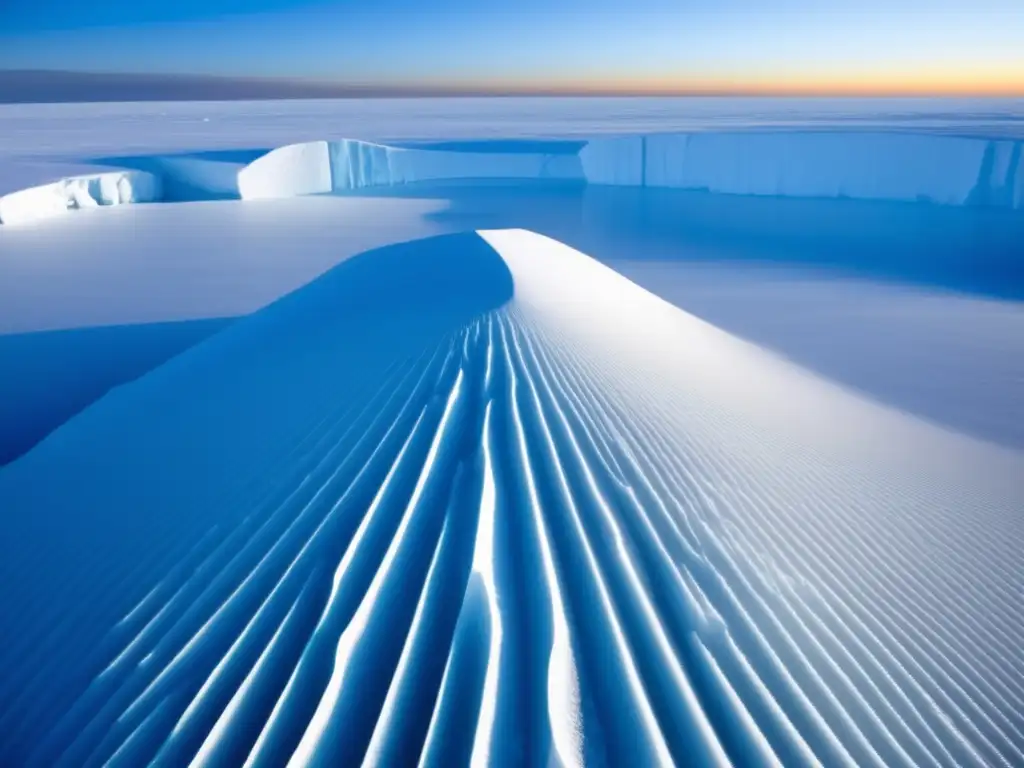
The search for meteorites in ice sheets
The first step in detecting asteroid impacts in Antarctica is to look for meteorites. These are rocks that come from space and survive the fall through our atmosphere, landing on the Earth's surface. Antarctica provides an ideal location to find meteorites because the ice sheets preserve these rocks very well, acting like a natural freezer that prevents weathering and erosion. Additionally, ice movement concentrates the meteorites in specific areas, making them easier to find.
The first recorded meteorite discovery in Antarctica happened in 1912 on the Shackleton Expedition when a team of explorers found a strange-looking rock on the Nimrod Glacier. Since then, many expeditions have been conducted to search for meteorites in the continent, with the most successful being the US Antarctic Search for Meteorites program (ANSMET) that has recovered over 20,000 meteorites so far.
Detecting impact craters from space
Another way to detect asteroid impacts in Antarctica is by using remote sensing techniques. Satellites orbiting Earth can capture images of the surface and identify circular features that resemble impact craters. However, this method is limited by the ice cover that obscures many impact craters, making them difficult to observe. Nevertheless, some large and well-preserved impact craters have been identified in Antarctica, such as the Wilkes Land crater (50 km in diameter) and the Rennick Glacier crater (20 km in diameter).
Studying airburst events through ice cores
Airburst events are explosions that happen when a meteoroid enters the Earth's atmosphere and breaks apart due to the air pressure, leaving no impact crater. These events can produce shock waves that can be recorded in ice cores, which are long cylinders of ice drilled from the polar ice sheets that contain a record of past climate and environmental changes. By analyzing the composition of the ice layers around the time of an airburst, scientists can estimate the energy released by the explosion and the size of the meteoroid.
What can we learn from asteroid impacts in Antarctica?
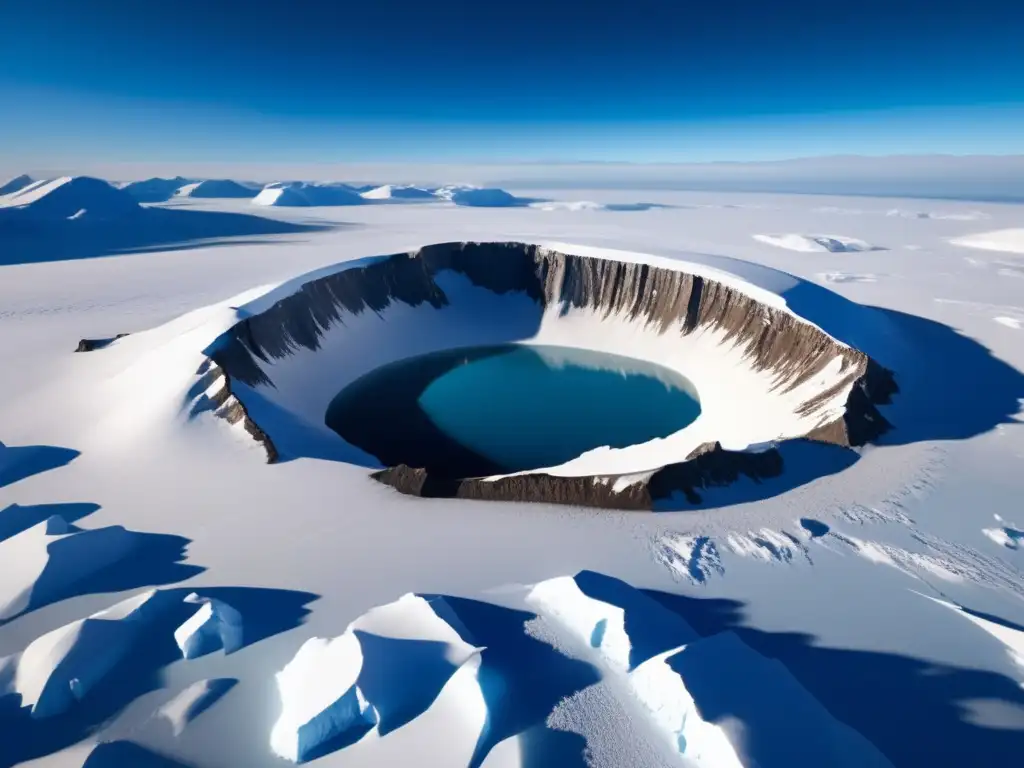
Understanding the frequency and size of asteroid impacts
One of the most important things we can learn from asteroid impacts in Antarctica is the frequency and size distribution of these events. By studying the number and characteristics of impact craters and meteorites, scientists can estimate how often asteroids collide with Earth and how big they are. This information is crucial for assessing the potential risk of future asteroid impacts and developing mitigation strategies.
Tracing the origin of meteorites to their parent bodies
Meteorites are not only interesting rocks from space but also valuable sources of information about the history of the solar system. By analyzing the composition of meteorites, scientists can infer the type of asteroid or comet they came from and their age. This information can help us understand the formation and evolution of the solar system and the origin of life on Earth. Antarctica is a prime location to find rare types of meteorites, such as those from the Moon or Mars, that have been ejected from their parent bodies by impact events and landed on Earth.
Searching for signs of past life on other planets
Another exciting prospect of studying asteroid impacts in Antarctica is the search for signs of past life on other planets. Some impact craters are known to have preserved traces of ancient life forms, such as microfossils and organic molecules, that could have originated from Mars or other habitable worlds. By studying these samples, scientists hope to unravel the mystery of whether life exists beyond our planet.
Frequently Asked Questions
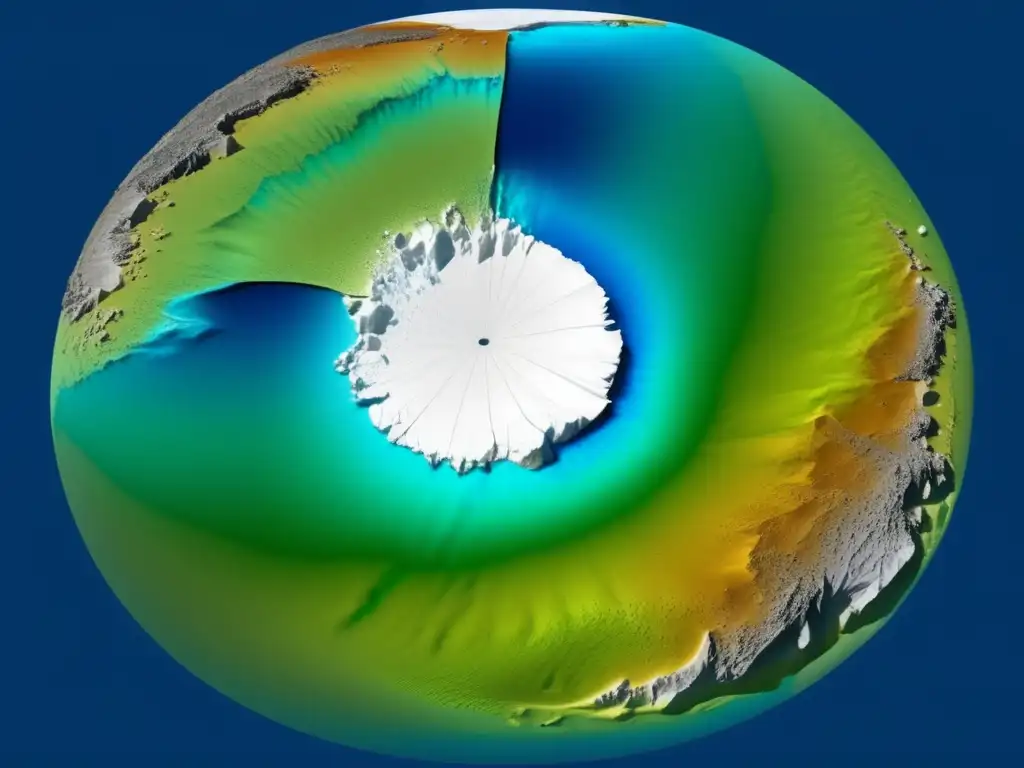
-
Why is Antarctica a good place to study asteroid impacts?
Antarctica is an ideal location to study asteroid impacts because the ice sheets preserve meteorites and impact craters very well, acting like a natural freezer that prevents weathering and erosion. Additionally, ice movement concentrates the meteorites in specific areas, making them easier to find.
-
How do scientists detect impact craters in Antarctica?
Scientists detect impact craters in Antarctica using remote sensing techniques, such as radar and satellite imagery. However, many impact craters are obscured by the ice cover, making them difficult to observe. Other methods, such as drilling ice cores and analyzing the composition of the surrounding ice layers, can also help identify airburst events.
-
What can we learn from studying asteroid impacts in Antarctica?
Studying asteroid impacts in Antarctica can provide valuable insights into the frequency and size distribution of these events, as well as the history and evolution of the solar system. Additionally, rare types of meteorites, such as those from the Moon or Mars, can be found in Antarctica, providing clues about the origin of these bodies and the possibility of life beyond Earth.
-
What risks do asteroid impacts pose to Earth?
Asteroid impacts pose a significant risk to Earth, especially if they are large enough to cause widespread damage or extinction. Developing mitigation strategies, such as asteroid deflection or early warning systems, is crucial for protecting our planet from this threat.
-
What is the role of Antarctica in space science research?
Antarctica plays a crucial role in space science research because of its pristine environment and accessibility to unique phenomena, such as auroras and cosmic rays. Additionally, the continent provides a platform for launching and tracking space missions and conducting testing for future space exploration technologies.
Conclusion
Antarctica is a land of ice and mystery that holds many secrets about our solar system's past and future. By studying asteroid impacts in Antarctica, we can unlock valuable information about the frequency and size distribution of these events, the origin of meteorites, and the possibility of life beyond Earth. The importance of this research cannot be overstated, given the potential danger of asteroid impacts to our planet and the need to understand our place in the universe. We encourage readers to learn more about asteroid impacts and share their thoughts and questions in the comments section below.
Additional Resources
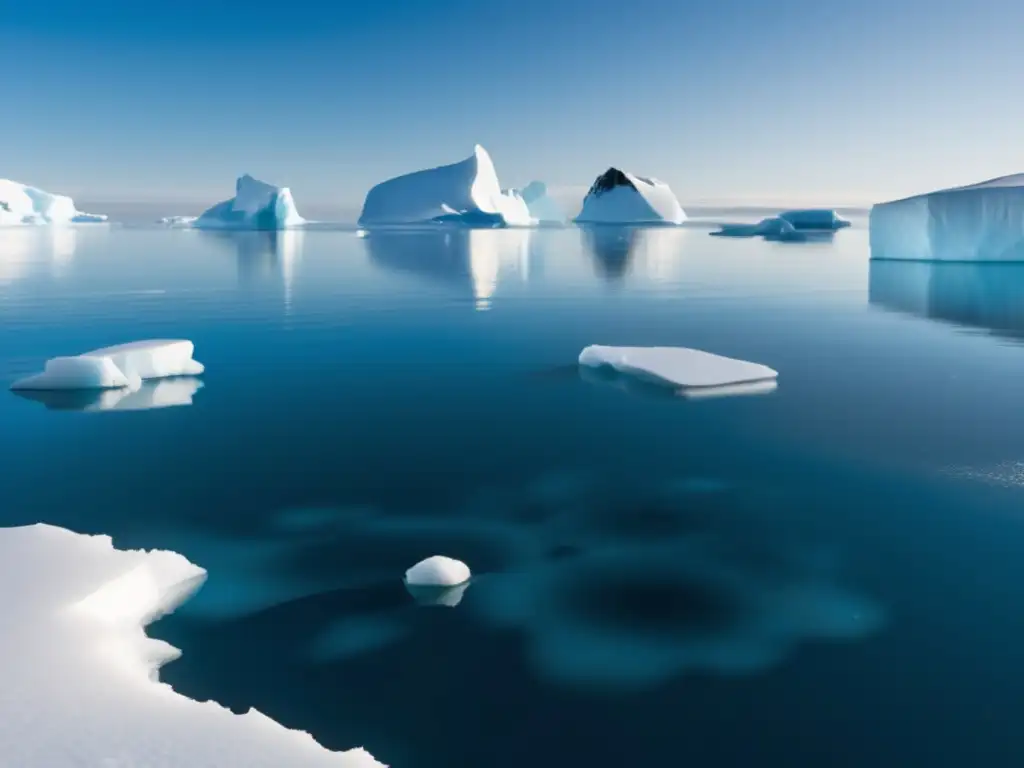
For more information on asteroid impacts and space science, check out the following resources:
- NASA Asteroid Day website
- NASA Jet Propulsion Laboratory (JPL) Asteroids News
- International Astronomical Union (IAU) Planets and Dwarf Planets page
 The Asteroid Menace: Assessing Earth's Cosmic Risk
The Asteroid Menace: Assessing Earth's Cosmic Risk Chaos And Creation: The Dual Role Of Asteroid Impacts
Chaos And Creation: The Dual Role Of Asteroid Impacts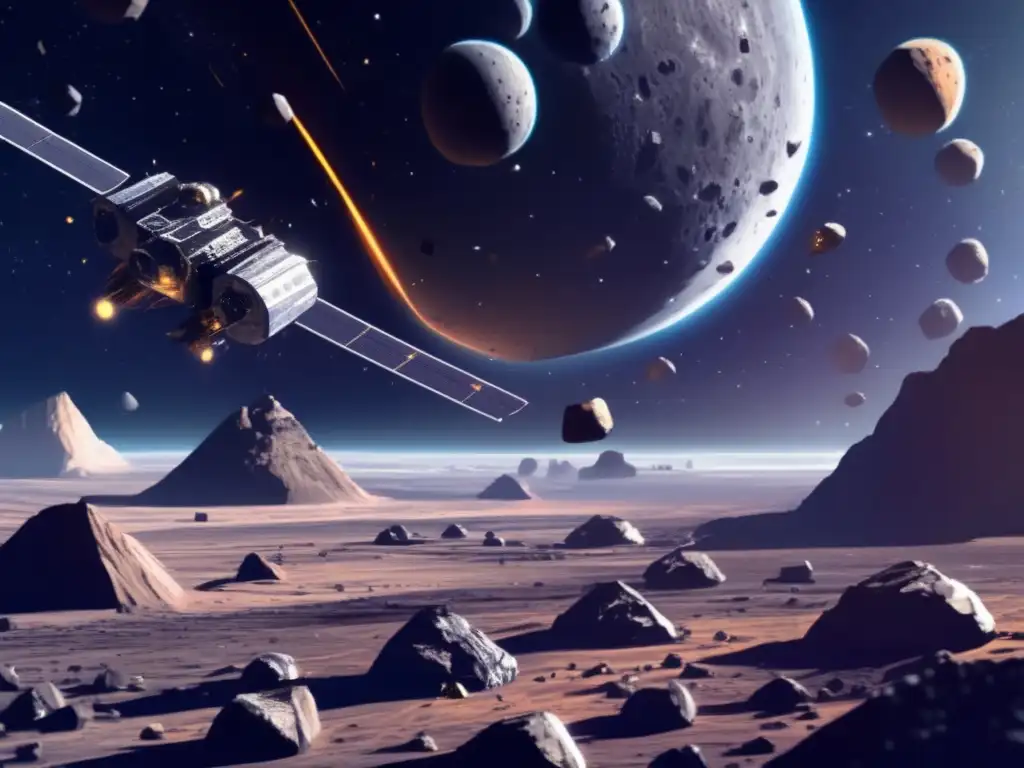 Decoding The Impact: Techniques In Asteroid Research
Decoding The Impact: Techniques In Asteroid ResearchIf you want to discover more articles similar to Impacts In Ice: Tracing Ancient Asteroid Strikes In Antarctica, you can visit the Asteroid Impacts category.
Leave a Reply

Articulos relacionados: